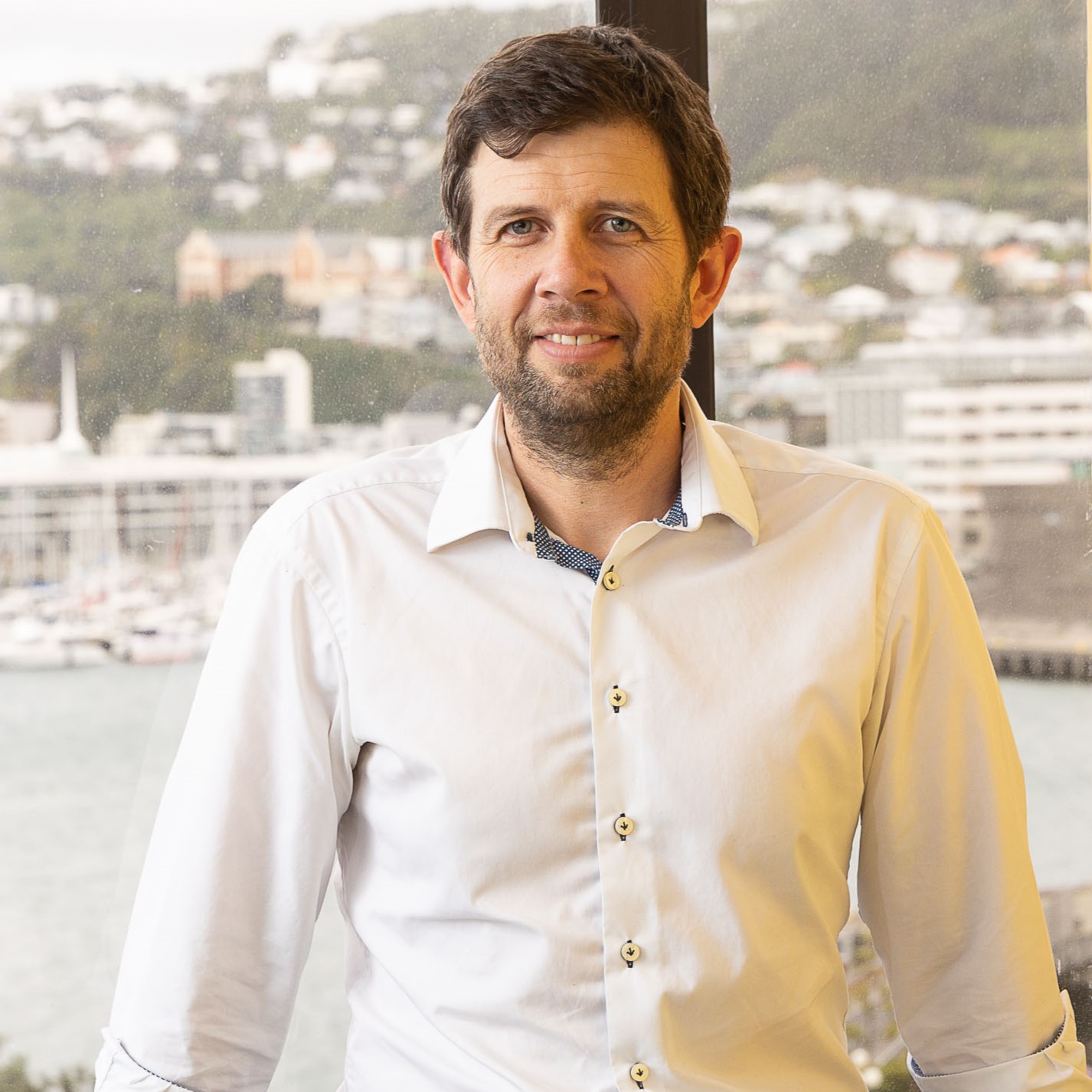Sapere’s expert reports highlight the urgent need for secure, reliable, and flexible electricity in the face of decarbonisation and market uncertainty
Energy News recently published four separate articles about topical reports written by energy experts at Sapere that are in the public domain. Between them Sapere directors Stephen Batstone, Kieran Murray, David Reeve and Toby Stevenson have written four reports covered by the Energy News articles. The reports are:
- Key priorities for the New Zealand electricity industry – presentation (Prepared for Mercury Energy) [1]
- Strengthening the Security and Reliability Council (Prepared for Mercury Energy) [2]
- Responding to matters set out in the Authority’s Reviewing risk management options for electricity retailers – issues paper (Prepared to be included with Contact Energy’s submission to the consultation)[3]
- Review of the Electricity Authority’s proposed amendments to Part 6 (Prepared to be included with Drive Electric submission to the consultation).[4]
Decarbonisation and Electrification Challenges
The common thread behind these reports is the electrification of, primarily, transport and process heat energy, which is a critical contributor to New Zealand achieving its legislated decarbonisation targets and international obligations. Fortunately, renewable electricity projects are economic without subsidy in New Zealand, but wind and sun aren’t always providing electricity when people want to use it. Nevertheless, the electricity supply must be secure, reliable, resilient, and affordable. This puts a strain on our electricity system and highlights the role gas and coal has played for providing security of supply historically.
Key Priorities for the Electricity Sector
This creates significant challenges. Reeve and Batstone outline the key challenges for the electricity industry. The paper is delivered primarily through an infographic with a supporting addendum. They conclude that the key priorities for the industry are:
- flexibility and security of supply
- the coordination of networks and distributed energy resources
- consumer engagement in the industry with smart technologies
- strategic assumptions and design.

They conclude:
“Due to the breadth and complexity of the energy system there are some key policy decisions that are required to drive meaningful change.”
On security of supply. Murray and Reeve wrote:
“A legacy of significant hydro generation capacity and past investment in thermal generation plant allowed the electricity sector, including its regulator, to defer a stark choice between market design features to deliver reliable electricity (noting this choice is explicitly faced in other jurisdictions).”
Their papers consider the Electricity Authority’s role in ensuring the market delivers reliable electricity. They consider five factors:
- The Authority’s focus on reliability
- How the Authority weighs ‘reliable supply’ in its statutory objective
- Threats to electricity security from outside the electricity sector, notably the troubled gas supply sector
- The Authority’s independence
- Any constraint on prices in the wholesale market.
Long-term energy policy and investment uncertainty
The paper provides evidence that the Authority sees itself as aligned with Government policy, while the purpose of an independent governance arrangement is to enhance the credibility of long-term policy commitments. The focus of long-term over short-term goals is essential to encourage investment in long lived generation and network assets.
Amongst the factors identified in the paper the troubled gas supply sector is a clear vulnerability for the electricity market. In 2020, the GIC prepared a Briefing to the Incoming Minister that included this observation:
“Long term gas supply and demand scenarios commissioned by Gas Industry Company identify that natural gas supply conditions are likely to tighten over the next several years. New Zealand has around 2000 petajoules of reserves currently booked, however those reserves will only be available to meet demand requirements if industry invests in development of existing production.”
GIC (2020)
2024 Power shortfall and response reviews
Investment and regulatory progress was slow to respond leaving security of supply in electricity at risk. The chickens came home to roost in 2024 when hydro storage levels fell dramatically and the amount of gas available to make up the shortfall proved to be insufficient. The result was a spike in wholesale electricity prices The ensuing disruption caught politician’s attention, and there are now two reviews of current arrangements underway:
- The Electricity Authority and Commerce Commission initiated an Energy Competition Task Force which is investigating eight initiatives that have the potential to strengthen the electricity market in the short to medium term.
- Government initiated a review of the performance of the electricity market which will look at whether current regulations and market design support economic growth and access to reliable and affordable electricity
Market liquidity and flexibility contract challenges
One theme that has been ever present since the establishment of the Electricity Authority is the need for a liquid futures market offering efficient price discovery and an ability for independent retailers to manage their price risk. More recently the focus has shifted to the ability to manage peak price risks using peak or flexibility products.
Stevenson, Murray and Batstone wrote:
“The ‘elephant in the room’, is that growth in peak demand has exceeded growth in any type of firm capacity for nearly a decade. This lack of investment must be a central feature in any analysis of flexibility contracts struck prior to now. The practical difficulty is that the liquidity of flexibility products is limited by flexible generation capacity and the security of its fuel supply. In the New Zealand electricity sector, flexibility contracts cannot be physically backed by a number of prevalent fuels (e.g., geothermal, wind). Until now, super-peak contracts have only been able to be backed by gas and hydro – two fuels which, in the New Zealand context, are quite uncertain on a medium-term basis.”
Meanwhile the electric vehicle (EV) fleet is expanding. Some EV charging happens at home or at places of businesses, but a public charging network is also needed. The current government has a plan to significantly increase the number of public EV chargers across New Zealand with a goal of 10,000 charging points by 2030. The exact annual rate at which public chargers are being rolled out is not public but it is significantly below what would be required to meet that target.
Distribution connection pricing issues
One of the challenges to greater expansion of the EV public charging fleet is the distribution connection pricing regime. However, the regime is a challenge to other new connections as well, such as industrial heat conversions. Batstone and Reeve responded to the Authority’s “Distribution connection pricing – proposed Code amendment” and “Network connection project – stage one” consultation papers. They wrote:
“Our general reflection on the Authority’s proposals for improving the network connection process is that it lacks ambition. Despite the Authority outlining a bold ambition for Part 6, including a belief that its proposals will ‘increase the rate of upgrading existing connections and connecting new load, supporting New Zealand’s energy transition and decarbonisation’, our concern is that it does little to signal to distributors that the regulator expects them to improve their performance across all aspects of the connection process. At worst, it potentially cements the status quo, at least in terms of timelines.”
Why independent reports matter for energy reform
It is important that thoughtful independent reports like these make their way into the public domain, especially while reviews are underway, and hastily designed changes are made to the market. It is essential that whatever changes are made address the actual problems that exist as we proceed through the energy transition.
Energy News articles:
[1] Security of supply the key market issue – Sapere – Felicity Wolfe, 18 February 2025
[2] EA loses reliability focus, independent SRC needed – report – Felicity Wolfe, 9 December 2024
[3] Low prices, underinvestment behind peak hedge issues – Sapere – Felicity Wolfe, 13 January 2025
[4] Network connection reform lacks ambition, needs rewrite – Sapere – Felicity Wolfe, 24 January 2025
Our team included:
- Stephen Batstone
- Kieran Murray
- David Reeve
- Toby Stevenson



